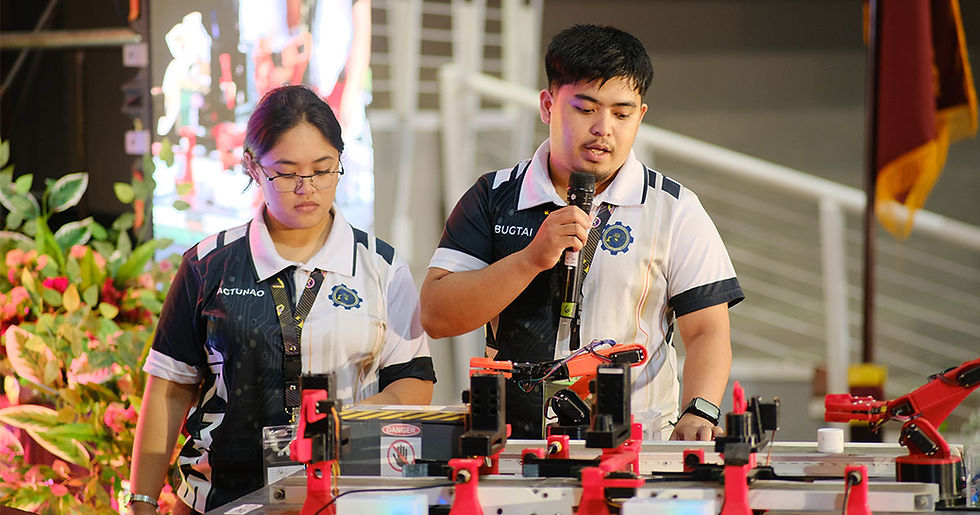Ready for a healthcare rebuild in Syria
- Field Ready
- Jul 22, 2020
- 3 min read
Nine years of conflict in Syria has created a humanitarian disaster, with millions of civilians displaced. But there is also another, underlying disaster there. The war ravaged the country's hospitals and medical facilities - especially in its northwest region - leaving thousands who need critical care to suffer and die even as the fighting ebbs.
In fact, healthcare workers in the area estimate that more Syrians die because of a lack of healthcare facilities and equipment than all those killed during the years of violence. The situation is especially critical now that a recent COVID-19 outbreak in the region is expected to worsen the crisis.
Field Ready has begun a multi-tiered project to help restore desperately needed healthcare to the million people now living in northwest Syria. This is supported by the Creating Hope in Conflict award. Recently, we surveyed the area's hospitals to learn what equipment, supplies and infrastructure medical workers need most to deliver safe, high-quality health services. With this information, we will locally make what's needed to help save more lives.

The devastation is daunting; a World Bank 2017 Damage Assessment for Syria estimated that 80% of health facilities in northwest Syria are severely damaged or completely destroyed. Healthcare centers' repair and reconstruction is estimated to cost between $250 million to $312 million, not including medicine, supplies and equipment
"The human cost is heart-rending," said Eric James, Field Ready's executive director. "People die when the defibrillator in the makeshift ambulance transporting them doesn't work. Infants die because incubators were destroyed in a bombing. Surgeons make lethal errors because the operating theater lights are broken. A lack of sterilization and cold storage of medicines mean patients face increased complications."
Medical staff in Syria also often work in appalling conditions with no electricity, clean water, or waste management, and "they work extremely long hours and have many more patients to treat on any day than they could possibly see," said Susan Long, Field Ready regional lead. Facilities operate with drastically reduced medical staff, as many have been displaced, wounded or killed as a result of the conflict, she noted.
Reestablishing high-quality healthcare in northwest Syria will take time, and the survey is only the first step to supporting the area's medical system rebuild. Once the assessment's completed, Field Ready will identify and partner with local manufacturers and skilled workers to make replacement parts for both high-impact and high-value medical equipment. The initial project approach can be applied to meet other equipment and infrastructure needs as they arise, James said.
About 40 hospitals have participated in the project so far, noted Usamah, Field Ready's technical lead in Syria; project leaders hope to visit 10 more facilities to gauge their needs as well once the COVID-19 threat lifts and have already begun testing ways to fix various medical devices, as seen below. The field engineers' operations have been supported by local NGO partner POINT.

"What we're learning from visiting the hospitals and surveying the staff is that diagnostic equipment like CT scanners are the most needed," Usamah said. "They're broken and they don't have replacement parts, so they can't use them and people aren't getting the care they need to survive."
Once the assessment's complete, Field Ready will focus on making replacement parts for healthcare equipment. With the on-the-ground information the survey provides, our technical team will develop an understanding of critical service bottlenecks. By engaging medical staff, administrative staff and medical technicians in human-centered design and participatory development, our team can ensure that any solution developed will be practical and cost-effective.
During the course of the program, Field Ready plans to add 35 new devices and 200 replacement components to our catalog for open-source use. The team will then work with key partners to manufacture the devices and replacement parts locally, helping to grow long-term sustainability and expand the market for the products.
"By making these items locally, we bypass traditional supply chains and people won't have to wait for 10 months before they can get a lifesaving device shipped from a foreign country," said James. "More people can be treated more quickly and less expensively. And by helping to establish a local market, we increase resilience against the shocks of future disasters. It's practical, it's efficient and it saves lives."

_edited.png)




Comments